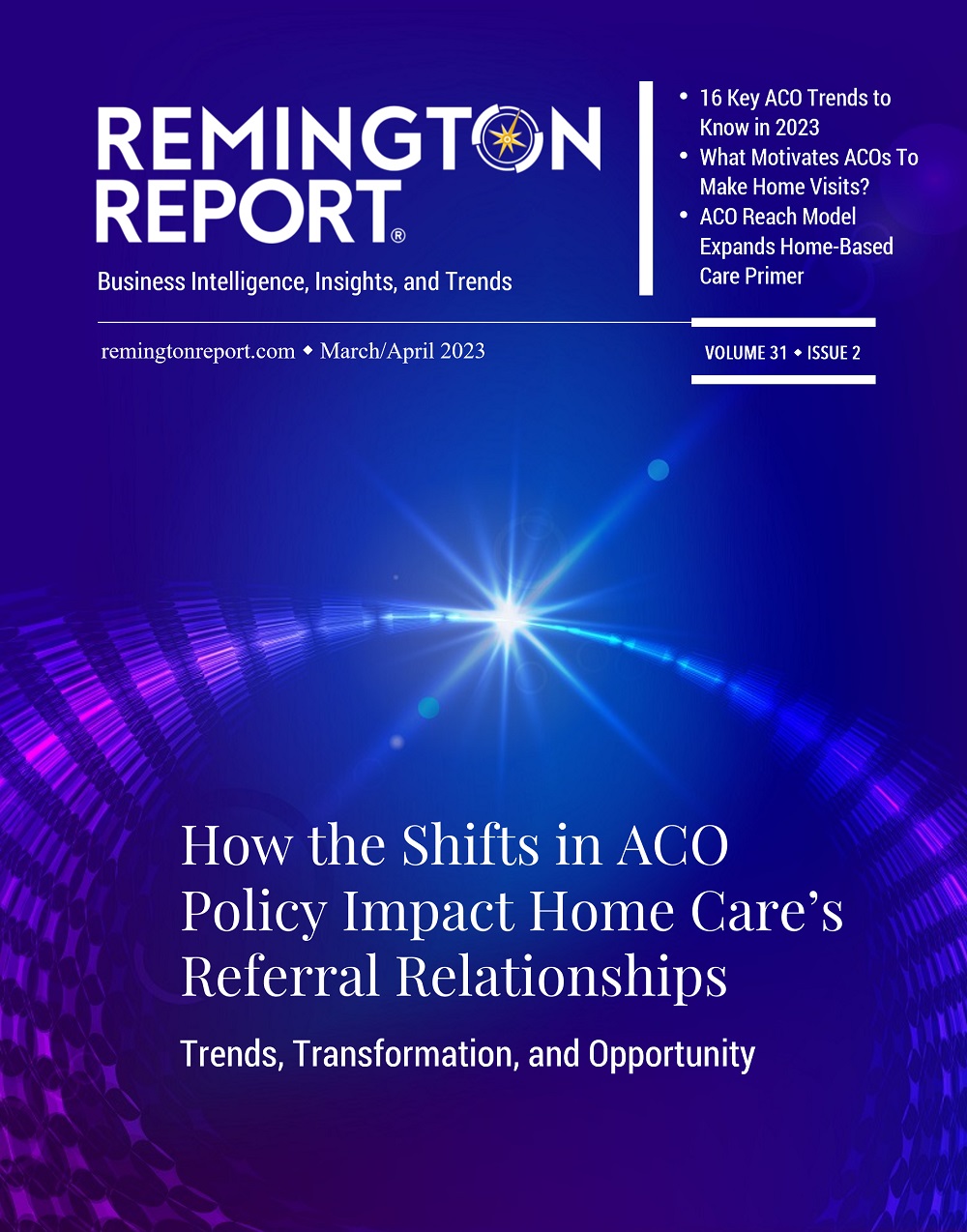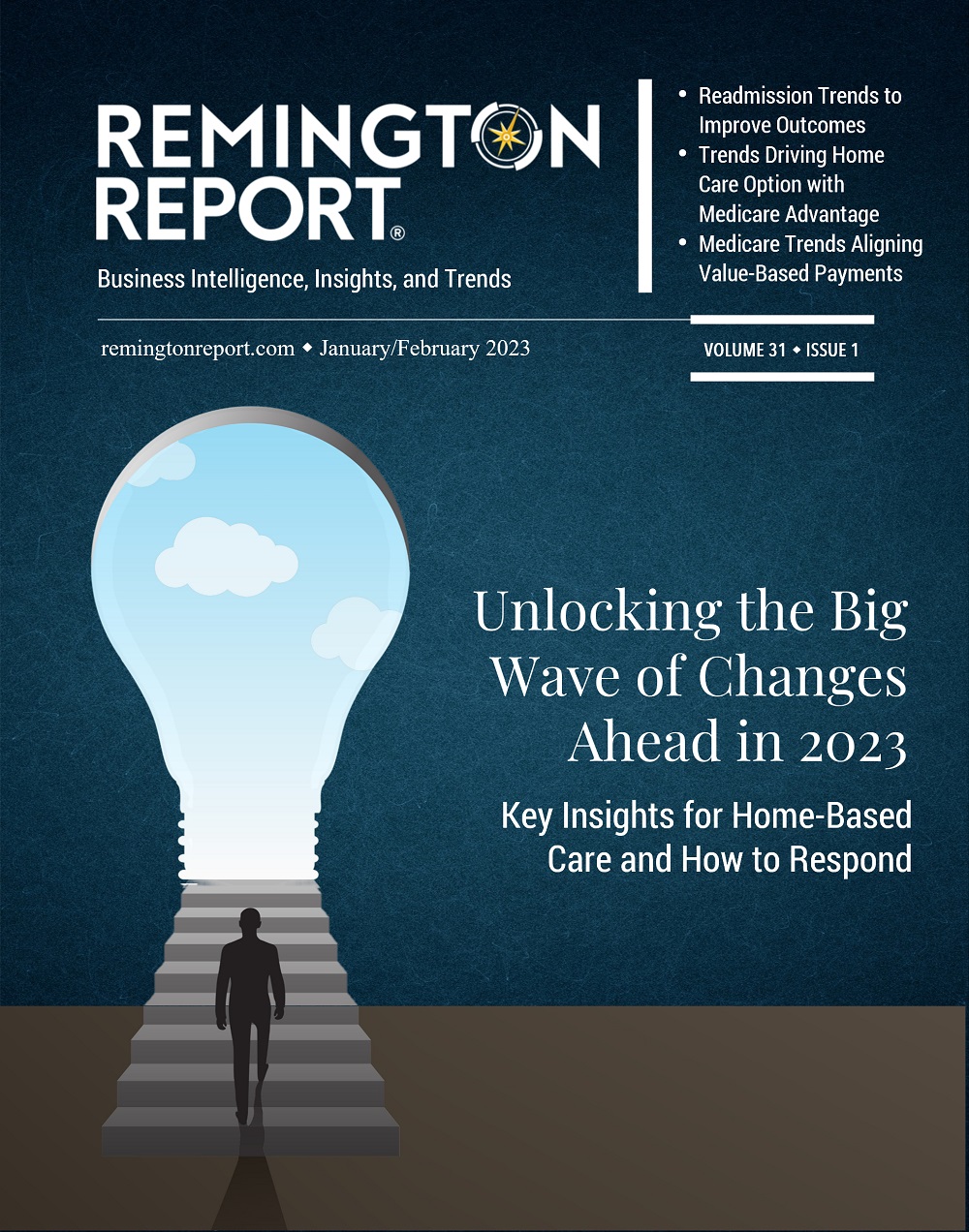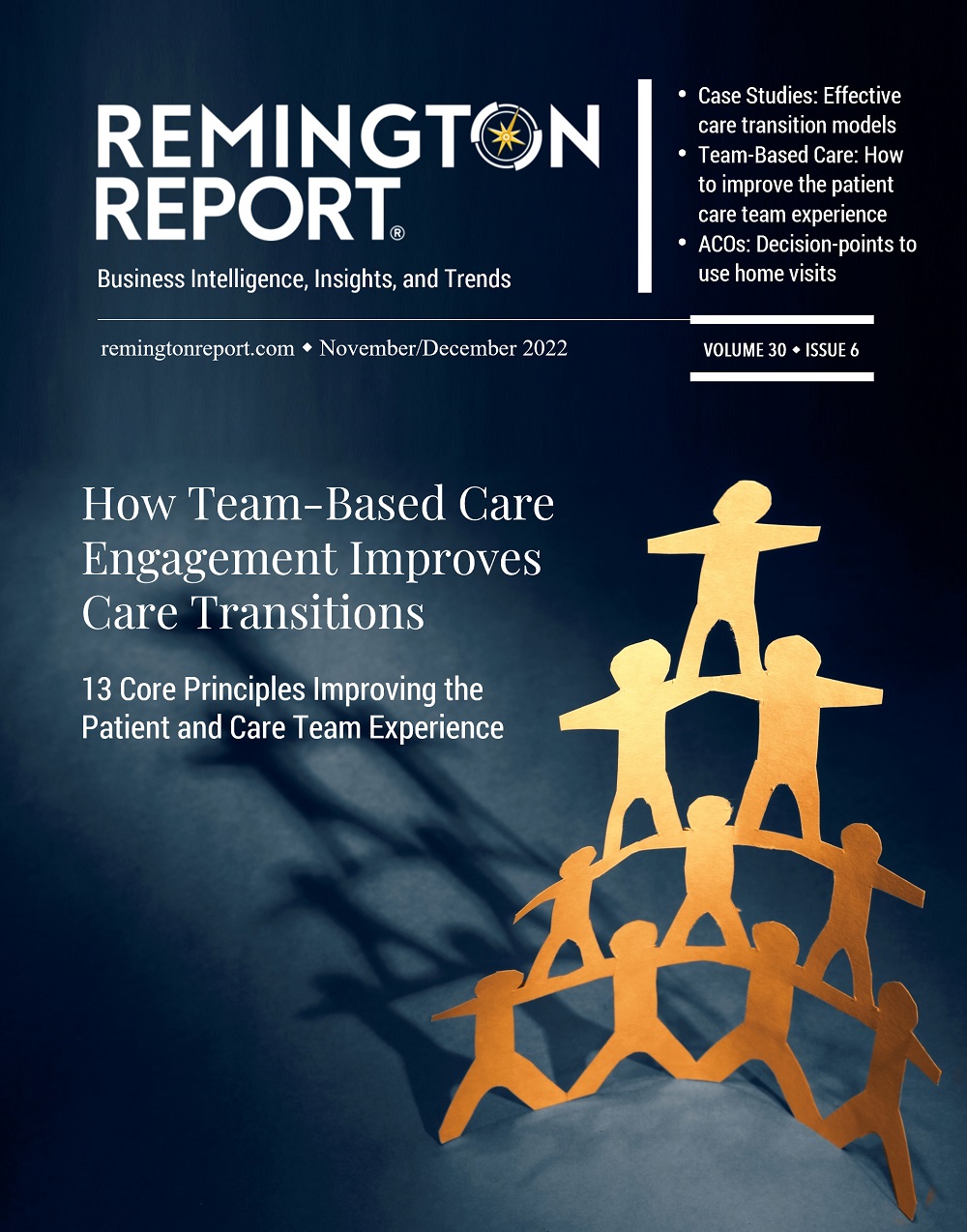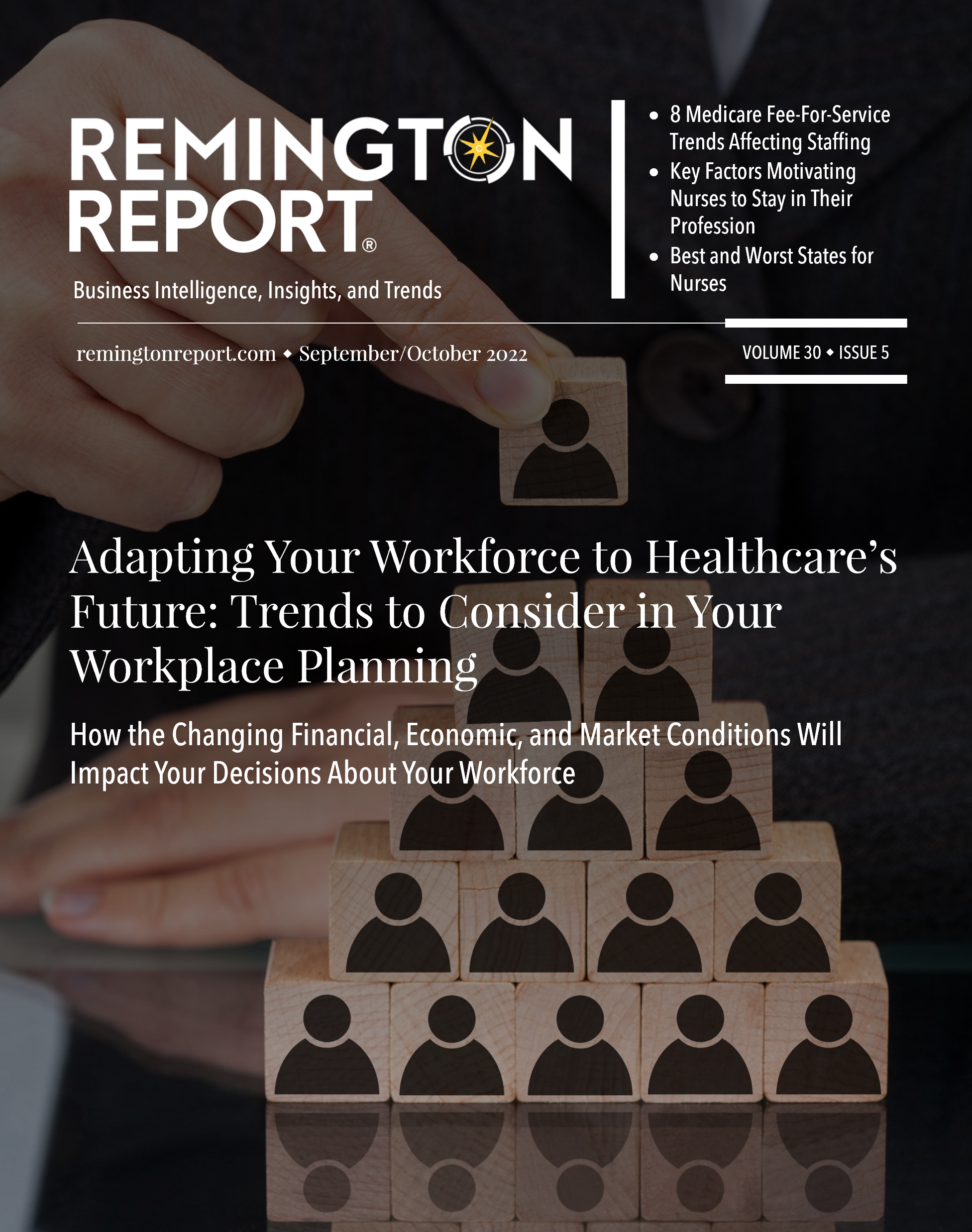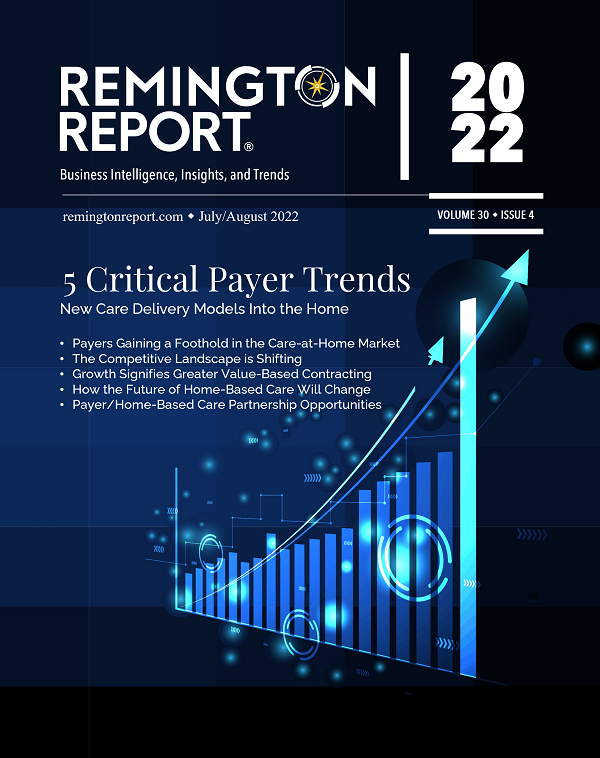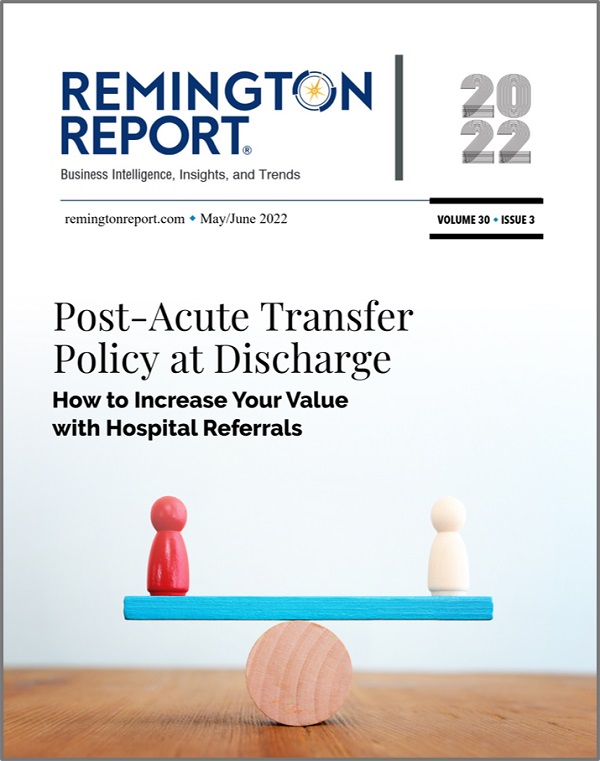The ACO model has the right incentives to reduce variation, spur innovation, and improve quality in end-of-life (EOL) care. It also gives providers and delivery systems the flexibility to expand access to palliative care outside of the Medicare hospice benefit by encouraging ACO providers to coordinate hospice care for their beneficiaries and shifting the care delivery emphasis away from what services will be reimbursed and toward what services will bring downstream value.
As ACOs evolve and become more risk-bearing, they are likely to adopt strategic approaches to improve the end-of-life experiences of beneficiaries while ensuring efficient use of healthcare services. While the ACO model in its current form might motivate providers to address EOL care, the Medicare SSP, Pioneer, and Next Generation quality indicators do not specifically address EOL care.
Given the trends in EOL care, palliative care, hospice use, and the ACO framework, there are three strategic approaches for aligning quality, decreasing costs and increasing access.
Strategy #1: Aligning Quality
Hospice care into the ACO accountability structure incentivizes ACO providers to refer beneficiaries to hospice organizations that practice in a way that is consistent with the ACO model’s mission to promote coordinated, high-quality, and economically efficient care.
If Medicare ACOs truly collaborate with hospice providers that perform better in key areas of quality, the result will be two-fold. First, the EOL experiences for beneficiaries will improve as they will be receiving care from high-performing hospice providers. Second, poor-performing hospice providers will lose market share and consequently will be forced with the choice of improving or becoming irrelevant in their communities. The selective affiliations of ACOs with high-quality hospices may also improve the hospice market for non-ACO beneficiaries since it would incentivize competition among hospices based on quality.
Strategy #2: Expanding Access To Palliative Care
Any strategic approach to EOL care will raise the issue of how hospice fits into the care continuum and opportunities for the delivery of palliative care outside of the Medicare hospice benefit.1
The business case for palliative care is becoming increasingly clear, with consistent evidence of palliative care associated with reductions in hospitalizations, emergency department visits, and costs. Creating a strategy for serious illness care and access to specialist-level palliative care for seriously ill individuals is contingent on ACOs and other risk-bearing entities seeing the value of palliative care services. Scaling palliative care, particularly in community settings, has been hampered by the inadequacy of reimbursement in a fee-for-service environment. It is not difficult to imagine ACOs being the vehicle by which palliative care becomes widely accessible. EOL care creates a more central role for palliative care as a bridge to hospice, with a gradual increase in palliative care intensity leading to a possible but not inevitable transition to hospice care.2
The integration of palliative care and its principles into the curative care plans for seriously ill individuals should be extremely attractive to ACOs because of the established effectiveness of palliative care across all “triple aim” domains. This includes direct evidence of reductions in readmissions, a Medicare ACO quality indicator. Deliberate approaches to expand access to palliative care outside of the Medicare hospice benefit would create an ideal continuum of care for seriously ill beneficiaries that would improve quality of life, diminish unwanted and harmful healthcare services, and likely result in more efficient use of hospice care.3
While the ACO model in its current form might motivate providers to address EOL care, the Medicare SSP, Pioneer, and Next Generation quality indicators do not specifically address EOL care.
Strategy #3: Decreasing Costs
A home-based palliative care (HBPC) program tested within an accountable care organization (ACO) demonstrated substantial cost savings and reduced hospital admissions for patients near the end of life, according to a Journal of Palliative Medicine study.
The study authors examined outcomes after the implementation of an HBPC program within a Medicare Shared Savings Programs (MSSP). The study focused on 651 patients in a New York metropolitan area MSSP who died between October 1, 2014, and March 31, 2016—569 died while in usual care, and 82 were enrolled in the HBPC program.
The results of the study found that home-based palliative care delivered by a team of nurses, social workers, volunteers, and palliative care physicians led to a significant decrease in costs:
* 35 percent reduction in Medicare A costs,
* 37 percent reduction in Medicare B costs) and hospitalizations
* 34 percent reduction in hospital admission, and an increase in hospice utilization and length of stay
* 35 percent increase in hospice enrollment, 240 percent increase in hospice length of stay) during the last months of life
The hospice inclusion in Medicare ACOs provides a platform and the incentives to learn more about local hospice markets, rethink how palliative care should be used to improve use by seriously ill individuals and streamline the timely initiation of hospice care, and change the static hospice benefit to reflect the very different EOL needs of individuals with different serious or terminal conditions.4
While the ACO model has generated little momentum toward improving EOL care, the conditions are right for a more thoughtful integration of palliative and hospice services into the ACO care continuum. Learn ways your hospice and palliative care organizations can partner with ACOs and Physicians
Resource and excerpts for this article 1,2,3,4: Health Affairs Blog, August 25, 2017, Variation In End-Of-Life Care Is An Open Invitation For Accountable Care Organization Innovation. Authors Julia Driessen and Turner West. http://healthaffairs.org. Copyright ©2006 Health Affairs by Project HOPE – The People-to-People Health Foundation, Inc.

Lisa Remington is widely recognized as one of the foremost futurists in the home care industry, focusing on healthcare trends and disruptive innovation. She serves as the president and publisher of the Remington Report magazine and is also the President of Remington’s Think Tank Strategy Institute. Lisa provides strategic advice and education to over 10,000 organizations, assisting them in developing transformative strategies for growth and their future implications. She closely monitors complex trends and forces of change to develop effective strategic approaches.



